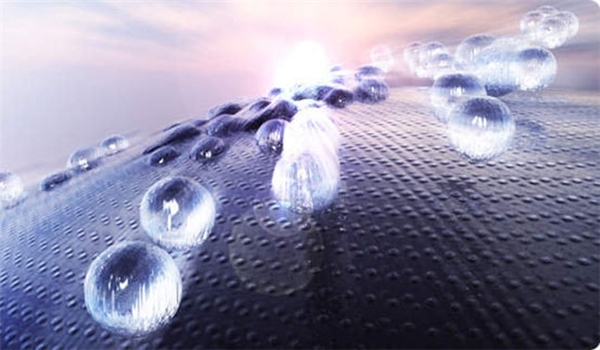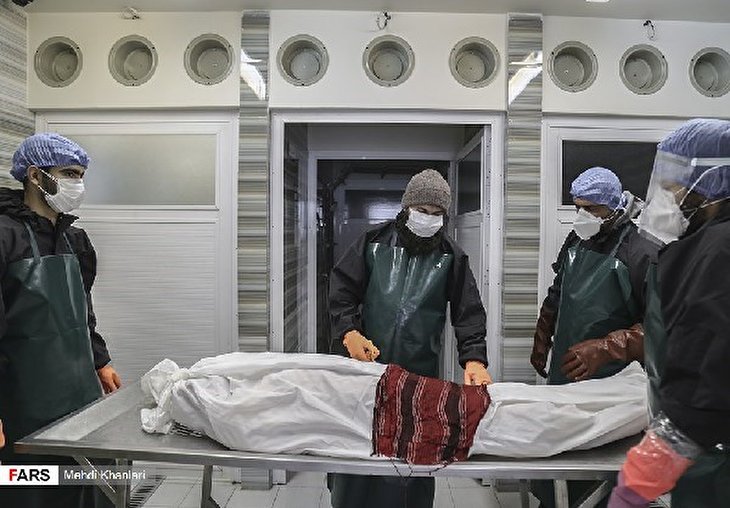
Iranian Scientists Use Nano-Conductors for Smart Treatment of Diabetes
TEHRAN (Basirat): Iranian researchers at Isfahan University studied the effect of quercetin-conjugated super paramagnetic iron oxide Nan particles on diabetes-induced learning and memory impairment in rats.

The pharmaceutical use of quercetin is limited due to the problems such as low solubility, bioavailability, permeability, and instability. High doses of quercetin show toxic effects in clinical and experimental studies. Therefore, a method is needed to overcome these problems without the use of toxic doses. Iron oxide Nano particles can be used as a drug delivery system. Biocompatible polymers such as dextran are used to cover nanoparticles to increase the stability of nanoparticles. Besides their beneficial effects, nanoparticles can cause toxicity, oxidative stress, and cellular dysfunction.
The aim of the study was to investigate the hepatotoxicity and nephrotoxicity of dextran-coated iron oxide nanoparticles (IONPs) and quercetin conjugated with IONPs (QNPs). This study was conducted for 1 week in eight groups of Wistar male rats, including control, sham, quercetin (at doses of 50 and 100 mg/kg), dextran-coated IONPs (at doses of 50 and 100 mg/kg), and QNPs (at doses of 50 and 100 mg/kg).
Rats were euthanized, and their liver and kidney tissues were evaluated for the changes in oxidative stress indices and important biochemical enzyme activities. Hepatic and renal AST, ALT, ALP, GGT, and LDH activities were not significantly different between control group and other groups. Hepatic TAC and GSH levels and CAT activity significantly increased, and MDA level significantly decreased in rats injected with 100 mg/kg quercetin compared to the control group. IONPs of 100 mg/kg induced a significant decrease in hepatic GSH level and CAT activity and a significant increase in hepatic MDA.
Hepatic TAC, GSH and MDA levels, and CAT activity were not significantly different between QNP groups and the control group. Renal CAT activity showed a significant increase in 100 mg/kg quercetin group and a significant decrease in 100 mg/kg IONP group compared to the control group. However, renal TAC, GSH, and MDA levels were not significantly different among groups. Dextran-coated IONPs of 100 mg/kg caused oxidative damage in the hepatic tissue, but QNPs did not cause hepatic and renal oxidative injury.
Super paramagnetic iron oxide Nan particles (SPION) have been largely considered for numerous applications in biomedicine such as magnetic resonance imaging, hyperthermia, cell tracking, anticancer treatment, and targeted delivery of drugs or genes. However, they may have side effects such body weight loss. Quercetin (QT), a strong antioxidant and free radical scavenger and a natural flavonoid, has a wide range of biological and therapeutic effects. In this study, the effect of QT on prevention of weight loss due to the using of SPION has been investigated. Materials and Methods SPION and QT-SPION were administered orally at 50 and 100 mg/kg for 7 days. Then, the body weight was measured at the beginning and the end of the study. Results Rats fed with 50 and 100 mg/kg SPION showed a significant weight loss, whereas those that fed with 50 mg/kg QT-SPION did not.
A weight loss was observed in rats treated with 100 mg/kg of QT-SPION.
The results of this study showed that quercetin could prevent weight loss due to the SPION.
Source:FNA















